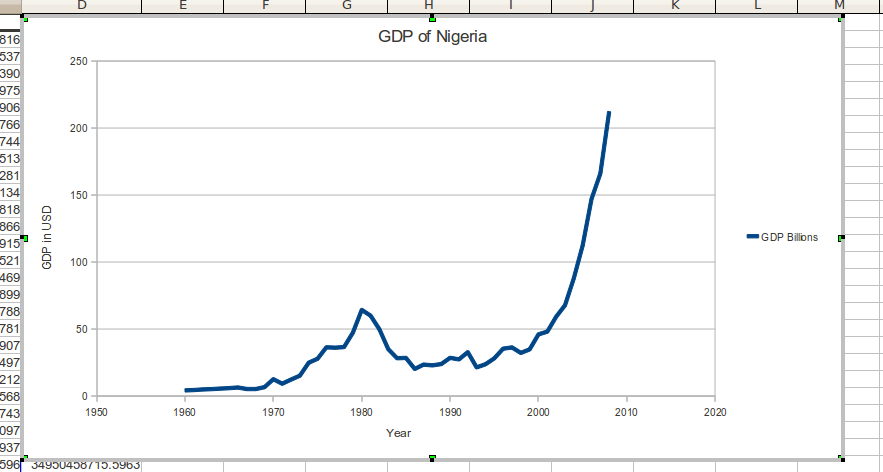
GDP growth to sustain upward trend into Q4’18, Q1’19
Despite the persisting electioneering tension in Nigeria, the Gross Domestic Product, GDP, growth will be sustained going into fourth quarter 2018 (Q4’18) and first quarter 2019 (Q1’19).
The two periods carry the mainstream political actions including partisan campaigns and elections across the country at national and state levels. The National Bureau of Statistic (NBS) released the Q3’18 GDP numbers showing that the economy resumed upward trend at 1.81 percent year-on-year (YoY) as against 1.5percent in the previous quarter and 1.14 percent in Q3-2017.
Though economy experts opined that at 1.81 percent in Q3’18, the growth rate is slow compared to the nation’s population growth at 2.7 percent, but they noted that the momentum would be sustained as further expansion is expected in some key drivers of the GDP figure, particularly agriculture, services, telecommunication and other non oil sector GDP.
In his comment, Mr. Johnson Chukwu, Managing Director/CEO, Cowry Asset Management, said the current growth rate of 1.81 percent is too slow for the economy and therefore gives more room for improvement given the rate of growth in the population.
He explained that population growth rate higher than GDP growth rate implies that per capita GDP rate is declining while incidence of poverty would continue to increase until GDP begins to grow above the population growth rate.
He stated: “The factors that are driving the GDP are such that they should be sustained, but if you look at the growth rate, it is quite low. The factors you need to consider is that agriculture account for almost 1/3 of the national GDP at 29.25 and grew by 1.91 percent. The impact of agriculture GDP growing at almost two percent is quite massive.
Telecommunication account for about 10.5 percent of the GDP and grew at as high as 12 percent, then trade also came in positive. If you add these three factors, you have almost 60 percent of the GDP and that implies that should those sectors continue to grow, the GDP will remain positive.
“Then if you add the manufacturing sector that account for 8.89 percent of the GDP and grew by 1.92 percent, you can now understand why the non-oil sector, which grew by 2.32 is driving the GDP. “One could say that the worst is behind in the agriculture sector.
We are thinking that the growth would have slowed down given the flooding we had in most parts of Nigeria and the crises in North Central and North East, but interestingly, the agriculture sector grew to 1.91 percent in the third quarter. I think the growth can be sustained but the growth rate needs to improve.”
Speaking, Mustapha Wahab, research analyst at Cordros Capital, said: “The driver of the Q3 GDP is non-oil; oil GDP contracted due to high base of last year. Last year, oil production was put at 2.11 Mb/p compared to this quarter of 1.96mb/p.
Going into Q4’18, we expect that the impact of the festive period will drive growth because Q4 is usually a positive period because of festive spending. “Going into Q1’19, again, if you check this quarter’s agriculture GDP, you will see that agriculture sector is largely under-performing at 1.91 percent. So, if check what agriculture sector printed versus what it has done historically, you ill see that it is under-performing. So, by Q1’19, we expect agriculture sector to be fully on track. So, the agriculture is expected to support the non-oil GDP in addition to what service sector is doing.”
Additionally, research analysts from Cowry Asset Management, stated the improved 39.56 percent quarter-on-quarter (q/q) growth in agricultural sector, despite flooding and attacks on farmers, 15 percent annual growth in telecommunication and boost in manufacturing, suggests greater diversification of the economy, saying that further growth in Q4 is expected given anticipated increase in electioneering and festivity spending activities as well as greater business and consumer confidence levels. Source: Vanguard
